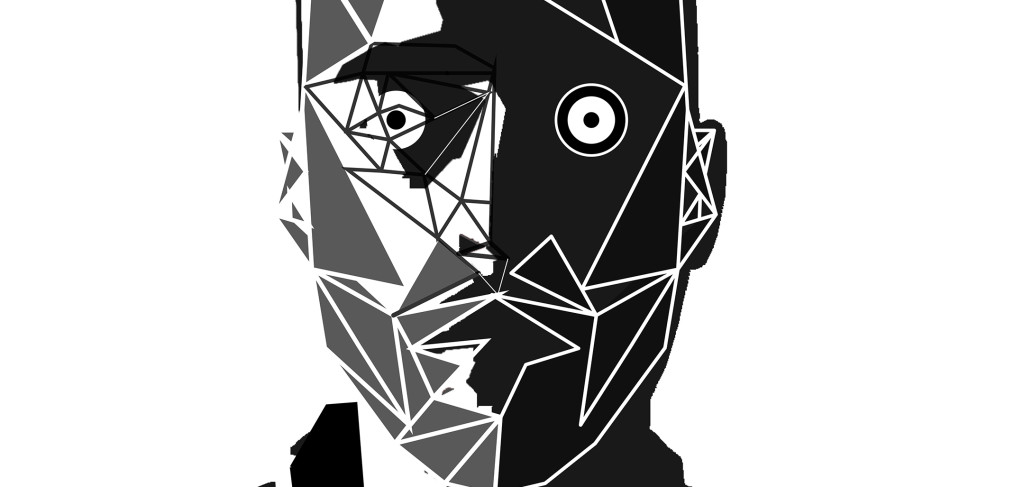
“Contemporary” + “Historical” Rome
(CLICK HERE FOR THE ITALIAN VERSION)
Nationality: Italian.
City and date of birth: Anzio (RM), 13/04/1987
University / Institution : Roma Tre University, Faculty of Architecture.
Tools Used: Pigment liner on paper.
Contacts: marcoscandurra.mail@gmail.com – marcoscandurra.tumblr.com
Brief Description of your work:
This drawing is an essential subjective interpretation of Rome. The historical city compared to the contemporary city: is a graphic experiment that tries to emphasize the elements of union against those of separation in the two parts of this complex city.
interview with Marco!
V.A.G: Ciao Marco.
M: Ciao V.A.G.
V.A.G: The passion for drawing, result of an indisputable talent, surely needs particular attention. It is clear the affinity with your studies. Do you think, and if you do how, this had somehow influenced your gaze as an architect?
M: Absolutley yes. My passion for architecture comes from a strong passion for drawing and graphic arts in general. I have always had a passion for drawings, since when I was a kid: I feel comfortable holding a pencil in my hand, I think that is how I can better express myself and what is in my mind. First of all, I wait for inspiration and then I do my best to materialize it through my drawings. My dream has always been to find a job compatible with my passion for graphic arts: so I have chosen to study architecture. Architecture is strictly related to illustration: in this field the illustrated project is the simulation that leads to creation. It gives a first shape to what is only a mental image. It is the mean that gives us the opportunity to understand if our idea can be transformed in something real. It is the first step to take to create a project.
V.A.G: You described your work as a graphic experiment. Do you think that drawing, above all the sketch, is still a powerful mean to investigate and to eviscerate architecture’s problems?
M: I think that drawing is a very powerful mean to simplify reality. It gives us the opportunity to personalize a particular element through our interpretation: in other words we can use it to condensate what is around us. If we think about it, reproducing into two dimensions a tridimensional entity contains in itself the concept of condense, but it is not only this. Drawing is also an abstract of what we see: we cannot impress in a lone illustration every single detail that we see. Unconsciously, when we draw, we condense reality, so consequently we give relevance only to what we believe is important. The research is basically this: starting from the observation of a large number of different elements, selecting only the ones which are relevant and discarding the others. I think that drawing is essential to investigate and analyze architecture issues. And being a universal way of communication it represents the best way to transmit a message which can be understand by everybody.
V.A.G: Art and drawing are, above all, a powerful form of communication. You defined Rome as complex, divided into its historical side and its contemporary side. The message of your work is pretty clear!!!This feeling you have comes from an delirious hallucination or from a deeply rooted idea you have observed inside the city?
M: It is not a delirious hallucination but in fact it is an exasperated synthesis of the image of Rome. On purpose I emphasized some aspects instead of others with the aim of showing the image of a city characterized by a thick urban fabric in contrast with her monuments. This dense urban fabric, this entangled jigsaw of buildings wants to instill the complex identity of Rome; an organic, heterogeneous and multiform element. It is an analysis which is focused at the same time on the life of the city as well as the life in the city.
V.A.G: Analyzing your work more deeply ,both your drawing are made to communicate the iconic presence of architectural projects worldwide famous in the urban fabric together with urban infrastructures. What are the reasons that lead you to choose some projects instead of others?
M: I have tried to focus on the most representative buildings of the city. Most representative means most known: and within the buildings I have chosen there are the one that are famous for their historical value as well as the one which are been made famous for their controversial history. Rome is itself a city of contrasts: it is loved for its undisputed beauty but it is at the same time criticized for the deplorable events that had signed its development during the last years. Mine is a way to see it deliberately drastic, that wants to lead to as much hard reflections.
V.A.G: Even though those two drawings have to be watched together to facilitate the comparison you talked about, also separately they offer multiple reflection prompts. Is there a symmetrical geometry in the “comparison of the comparison”? What are the details to discover?
M: Yes exists a symmetry. I have tried to compare some of the buildings from “Antique Rome” with some from “Contemporary Rome”: the Coliseum, the Saint Peter Basilic, the Cestia Pyramid and put in comparison with the Gasometer, the New Congress Palace, the Sport Town. I wanted to exploit this formal comparison to attract the attention on an illusory resemblance that those architecture may seems to have. My final goal was to invite the observer to a more deep analysis, lead him to catch the true essence of this comparison: the excess compared to clearness, the excess compared to harmony.
V.A.G: BULLET TO THE HEAD:
Giacomo Puccini or Michael Jackson? Giacomo Puccini.
The street of art or the street art? Street art.
Crazy genius or meticulous surgeon? I’d like to become a crazy genius “asap”!
Purposes or passions? Absolutley passions.
Discoveries with people or solitary interrail? Solitary interrail.
Thanks Mark, it was a pleasure. V.A.G.
Author: Marco Scandurra










